Your cart is currently empty!
Category: Educational Resources
In the dynamic realm of cannabis cultivation, heirloom strains present invaluable genetics thanks to their history and purity. These ancient, untouched varieties offer unique flavors, effects, and resilience that modern hybrids often lack. Preserving heirloom strains is essential for biodiversity, achievable through seed banks, backcrossing, and selective breeding. This practice not only maintains genetic treasures…
The therapeutic potential of cannabis in addressing PTSD symptoms is gaining attention among veterans, trauma survivors, and healthcare professionals. Cannabis, with its cannabinoids like THC and CBD, interacts with the body’s endocannabinoid system to potentially help regulate mood, stress, and anxiety. Recent studies, such as one in the Journal of Psychopharmacology, report significant symptom reduction,…
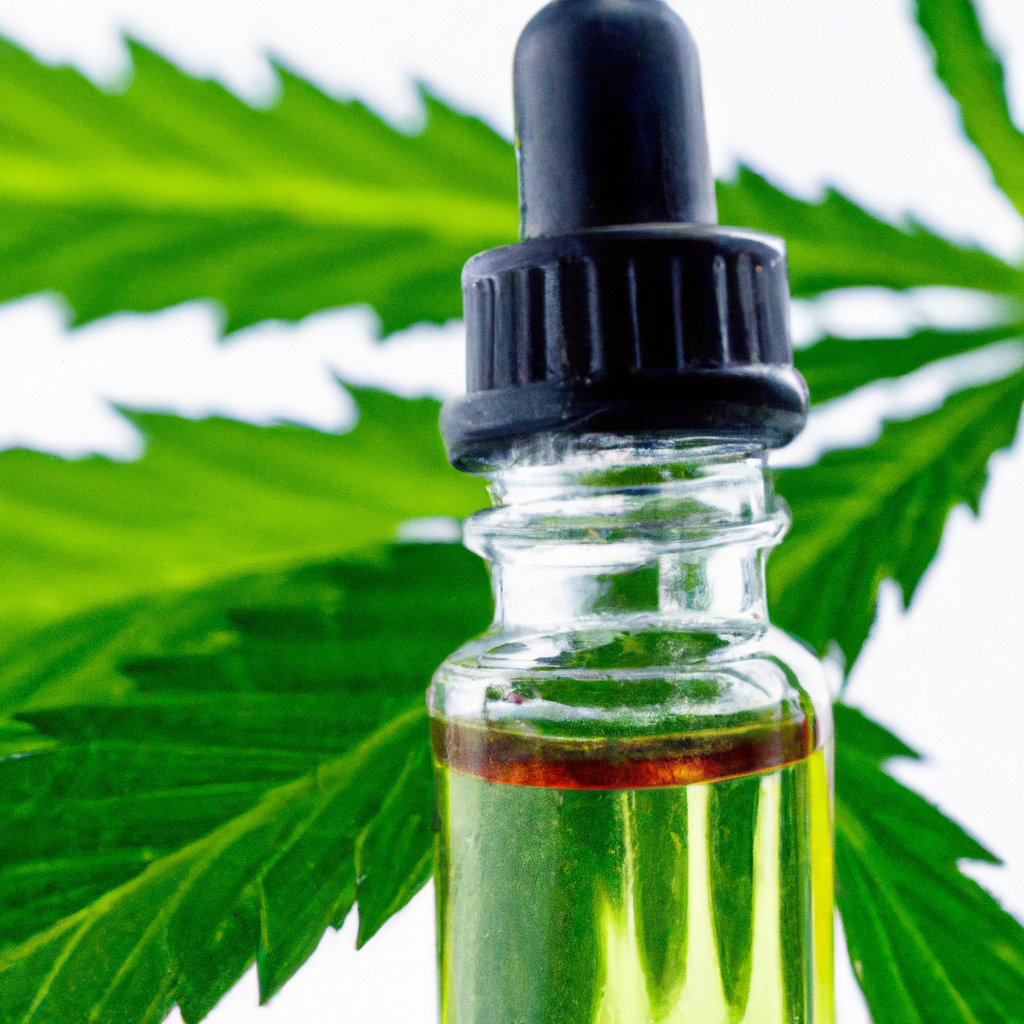
CBD oil has become popular for its potential health benefits without intoxicating effects. It may provide relief for anxiety, stress, and chronic pain while promoting improved sleep and skin health due to its anti-inflammatory and antioxidant properties. Potential neurological benefits are also under investigation. Versatile in use, CBD oil can be consumed sublingually, as edibles,…
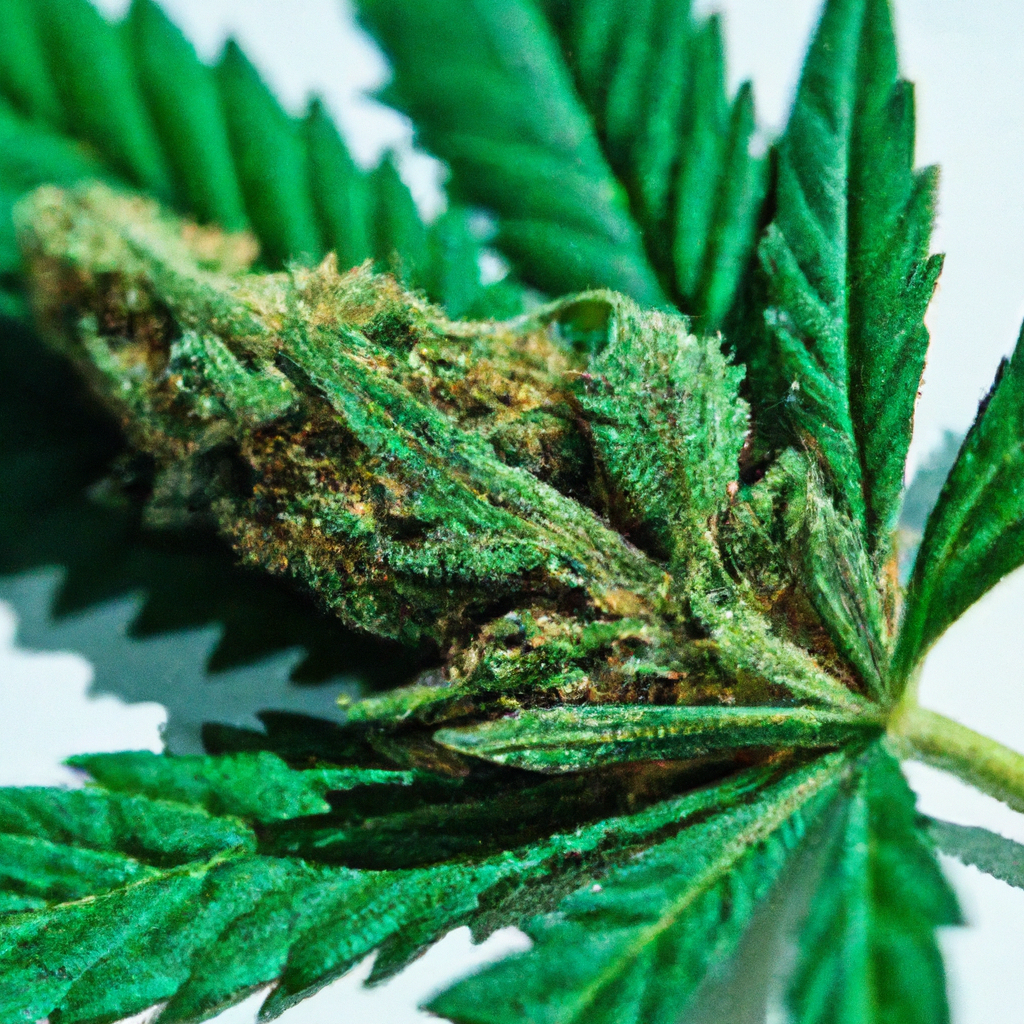
As healthcare evolves, personalized medicine is becoming a key focus, offering treatments tailored to individual genetic profiles. Cannabis is emerging as a promising player in this field, thanks to its diverse cannabinoids like THC and CBD, and even lesser-known compounds that interact with the body’s endocannabinoid system. These can provide targeted relief for conditions such…
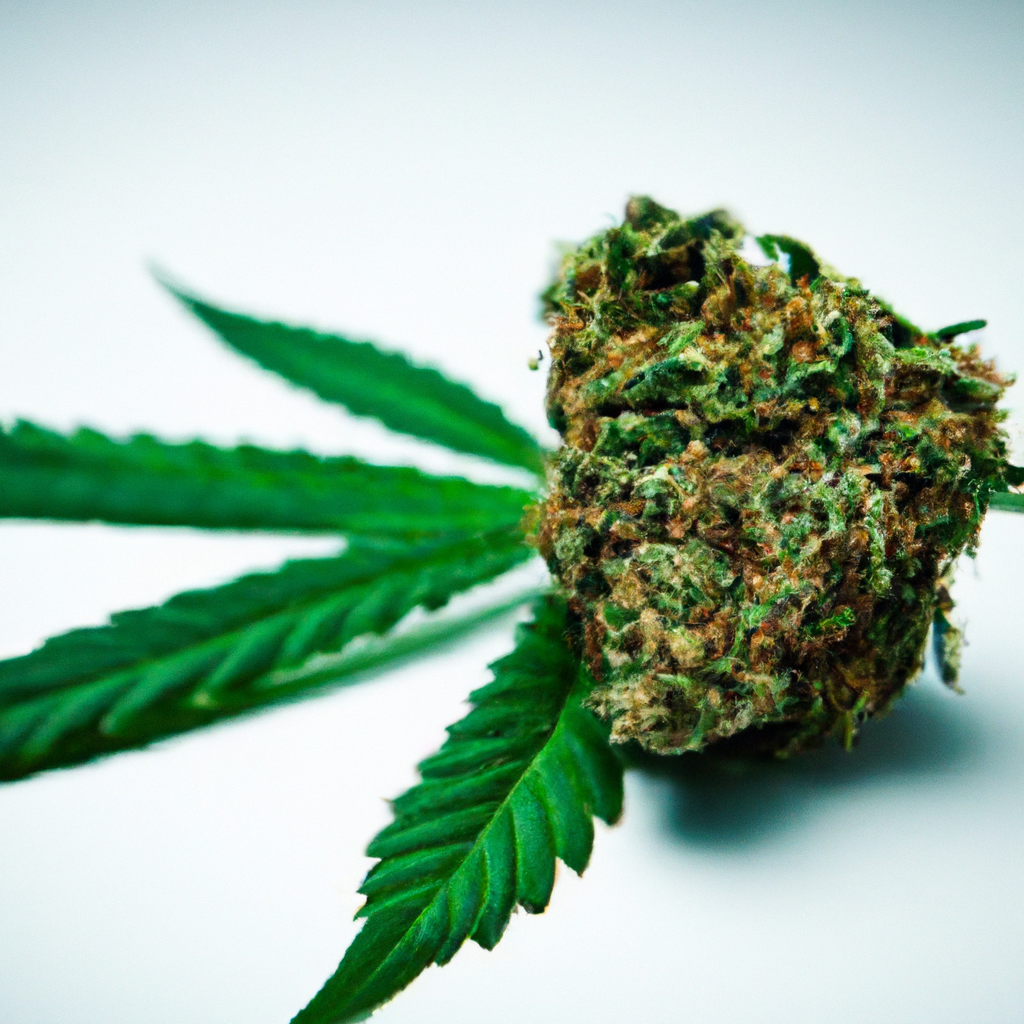
Cannabis is often misunderstood in terms of its effects on memory. This article examines the complex relationship between cannabis and memory, highlighting the influences of THC and CBD. THC can impair short-term memory by impacting the hippocampus, while CBD may enhance memory recall. Users report varied experiences, with medicinal users noting initial cognitive fog and…
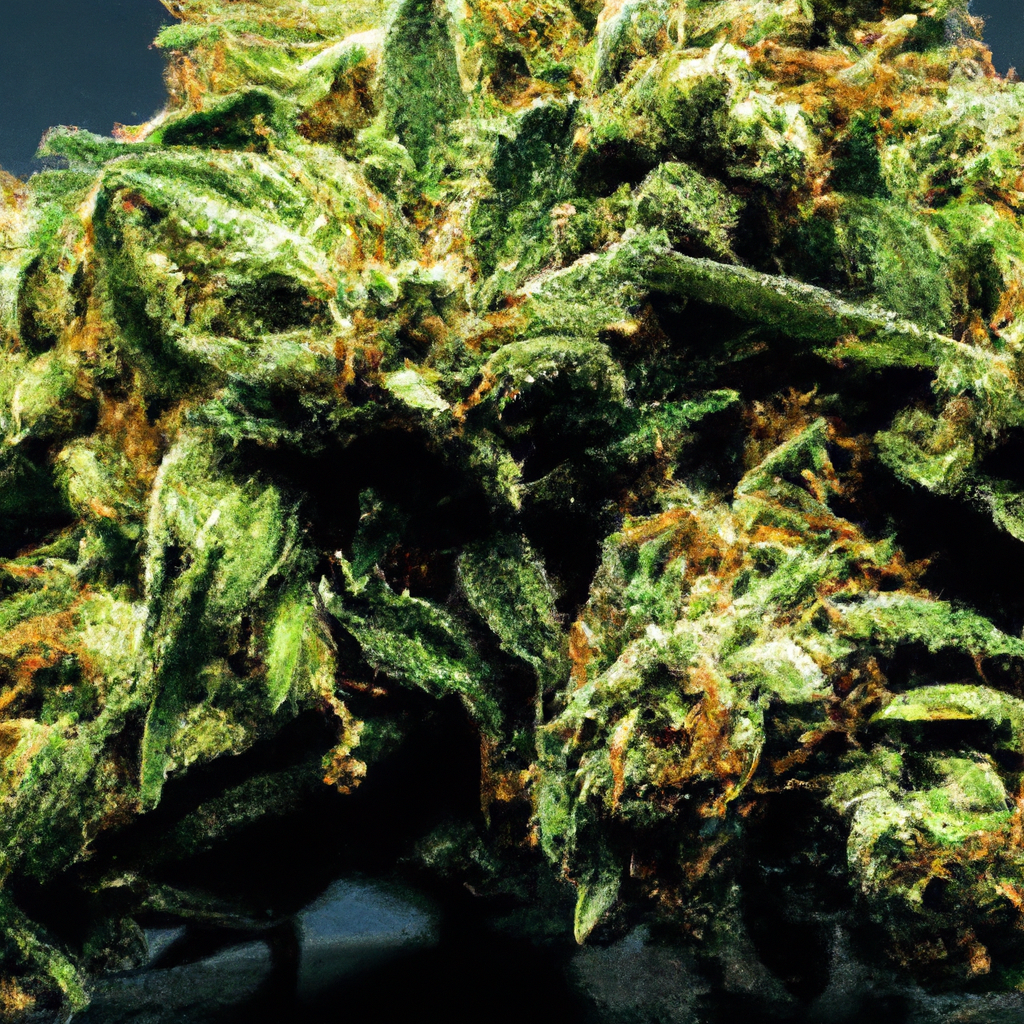
In recent years, cannabis has emerged as a promising treatment for epilepsy, particularly for patients unresponsive to conventional therapies. Cannabinoids, especially cannabidiol (CBD), have been found to effectively reduce the frequency and severity of seizures by interacting with the endocannabinoid system. Numerous studies, such as those involving children with Dravet syndrome, highlight the successful use…
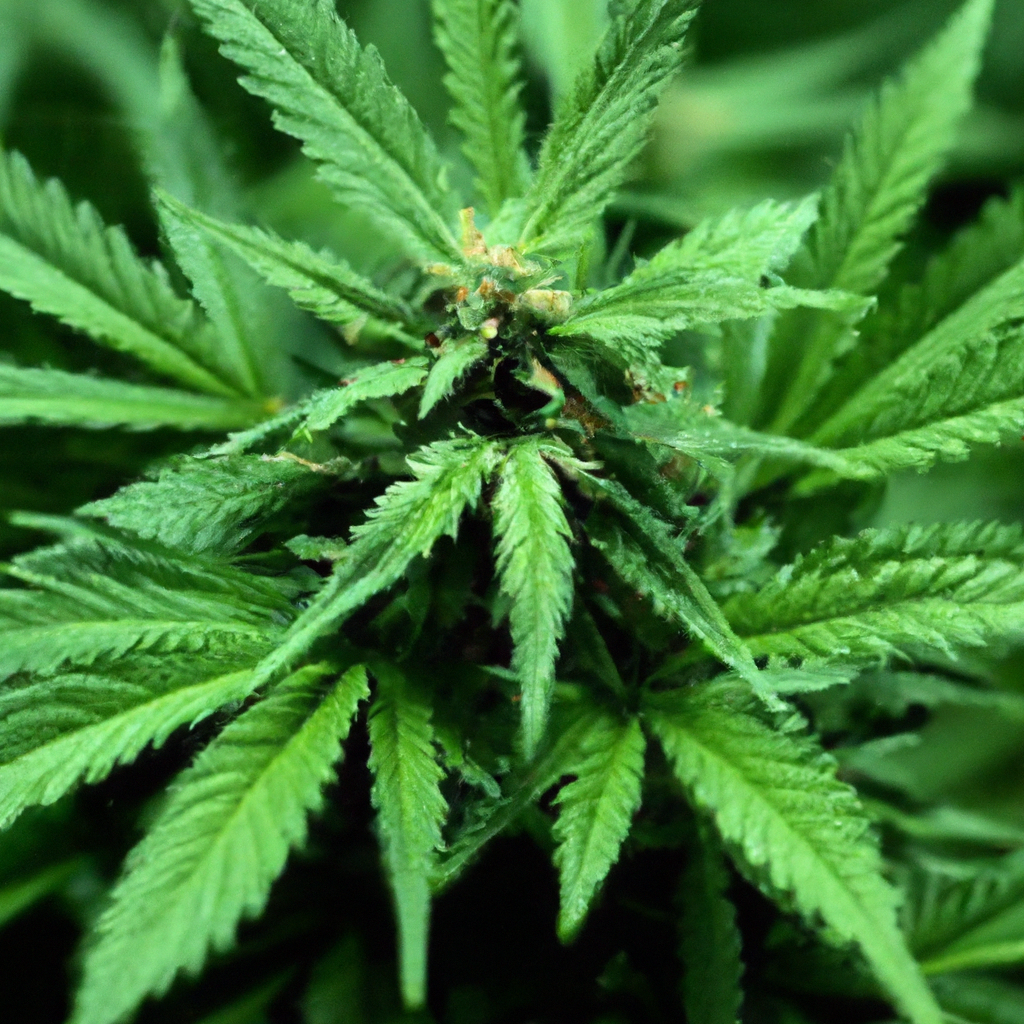
As the cannabis industry thrives, advanced climate control techniques have become essential for enhancing plant health and optimizing yields. Key methods include maintaining ideal temperature and humidity levels, CO2 enrichment, and effective ventilation. Successful examples include growers like Green Fields and Zen Gardens, who have seen increased yields and reduced energy consumption by integrating precision…
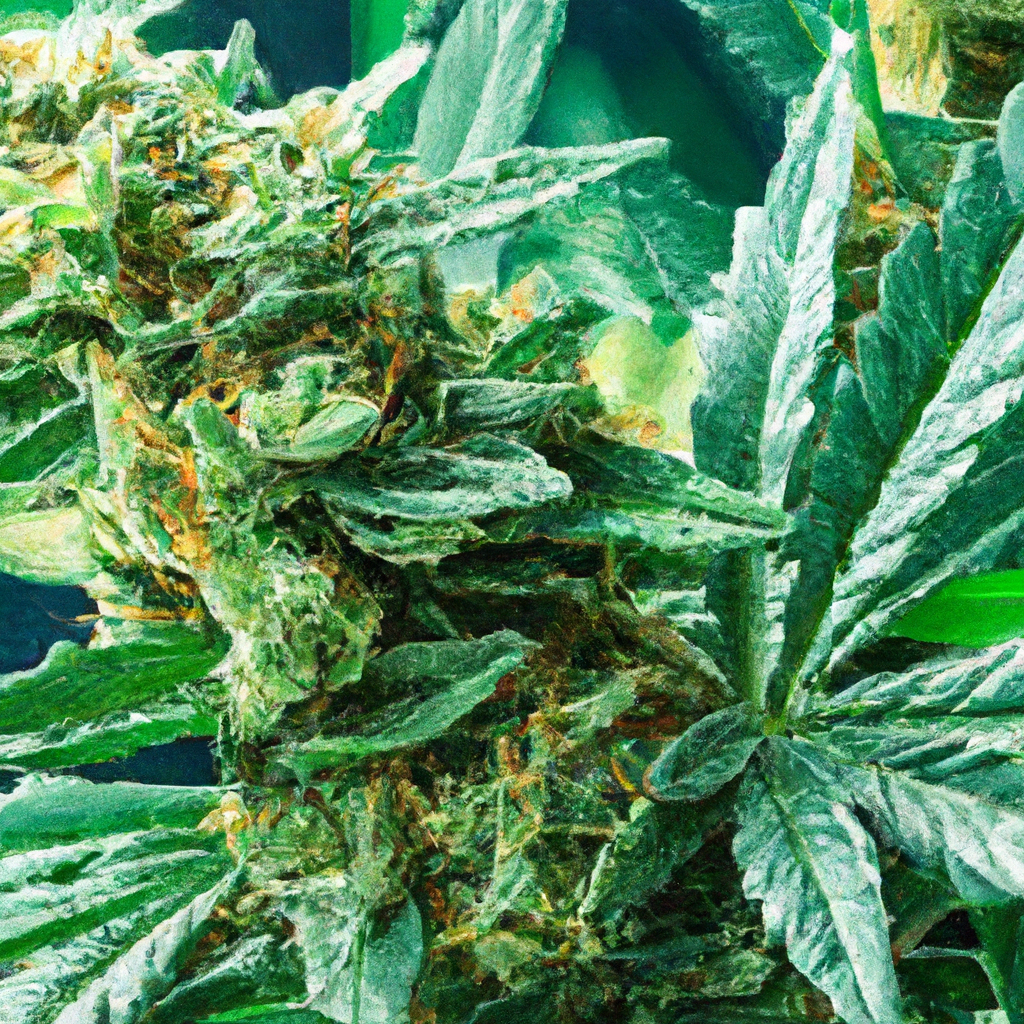
The cannabis industry’s evolution is highlighted by advancements in cannabinoid extraction, a crucial process influencing product quality and efficacy. This guide delves into several extraction methods, such as supercritical CO2, ethanol, hydrocarbon, and solventless techniques, each with distinct impacts on purity, flavor, safety, and environmental consequences. Choosing the right method involves balancing these factors based…
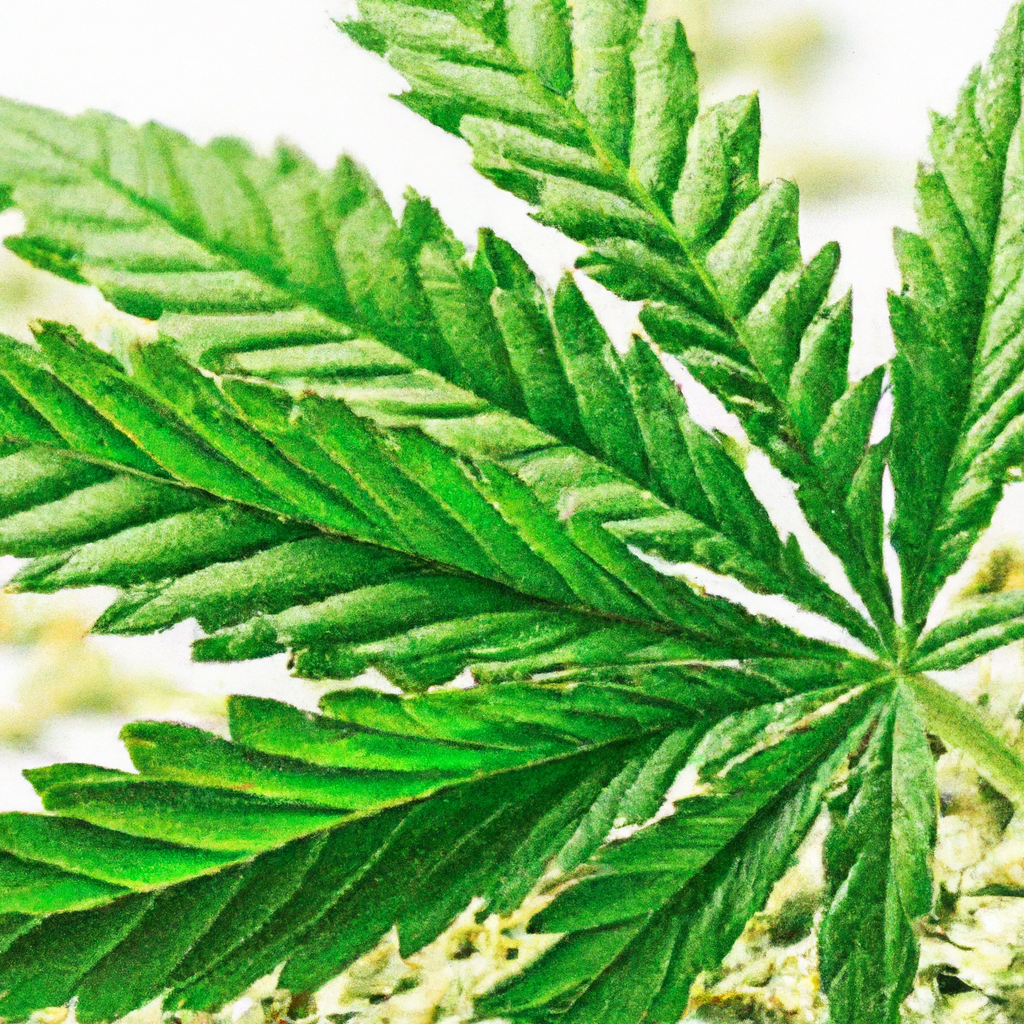
The evolving relationship between cannabis and the immune system is a growing focus of study, particularly as cannabis legislation changes globally. This article explores how cannabis interacts with the body’s immune system, detailing the role of key cannabinoids like THC, CBD, and CBG in modulating immune responses. Cannabis shows potential in offering anti-inflammatory effects, pain…
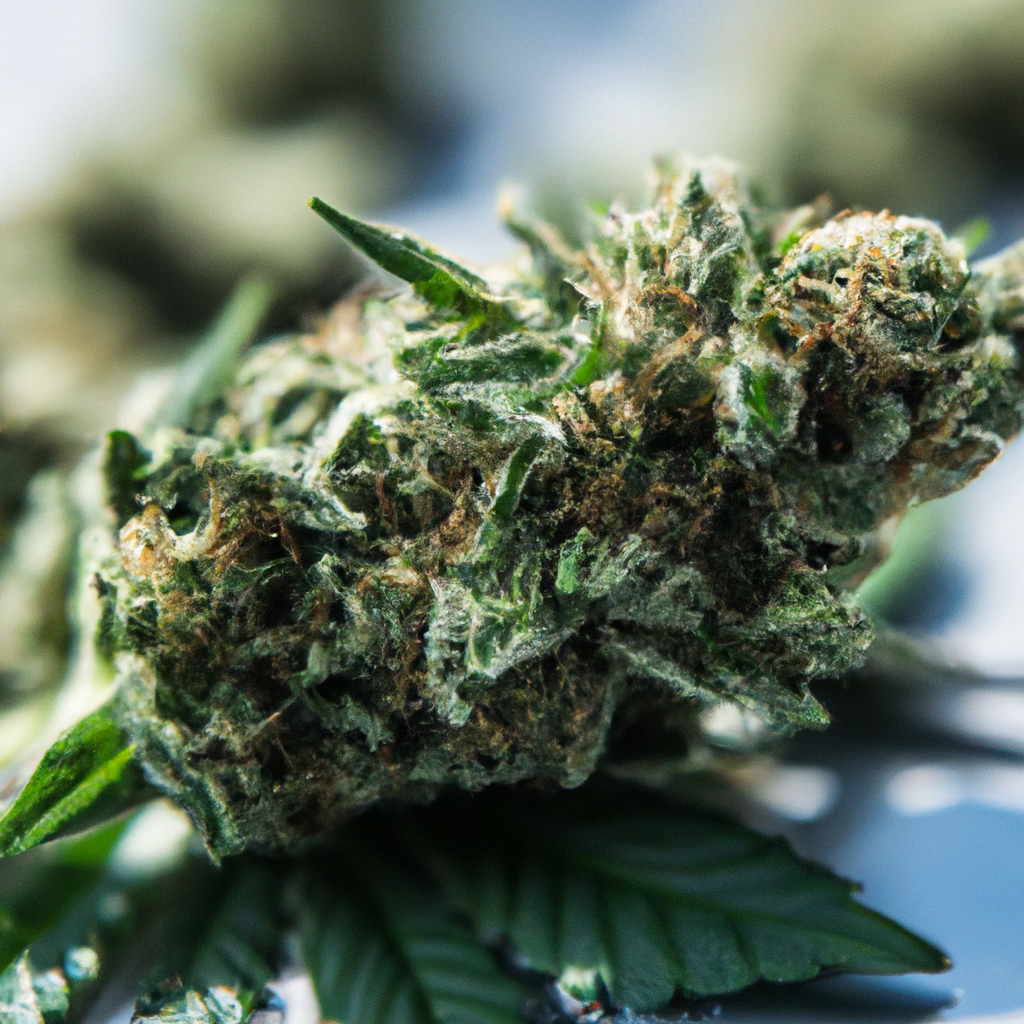
The evolving cannabis industry is placing a strong emphasis on innovative and sustainable packaging that prioritizes functionality, consumer safety, and environmental responsibility. Current trends highlight eco-friendly materials, child-resistant designs, and minimalistic aesthetics. Innovations include smell-proof containers, smart packaging with QR codes, and adaptive designs for efficiency. Best practices focus on regulatory compliance, consumer education, and…
